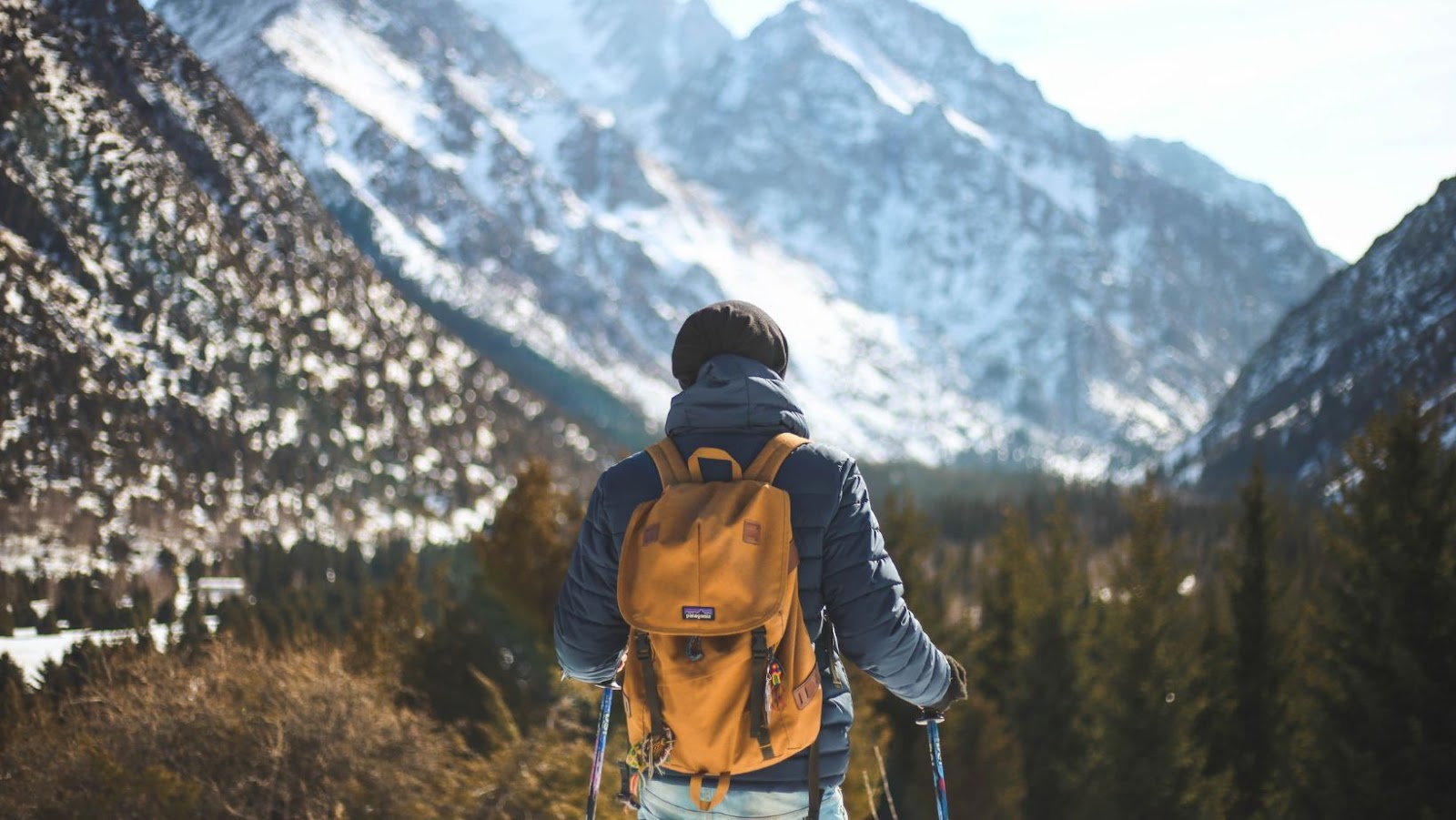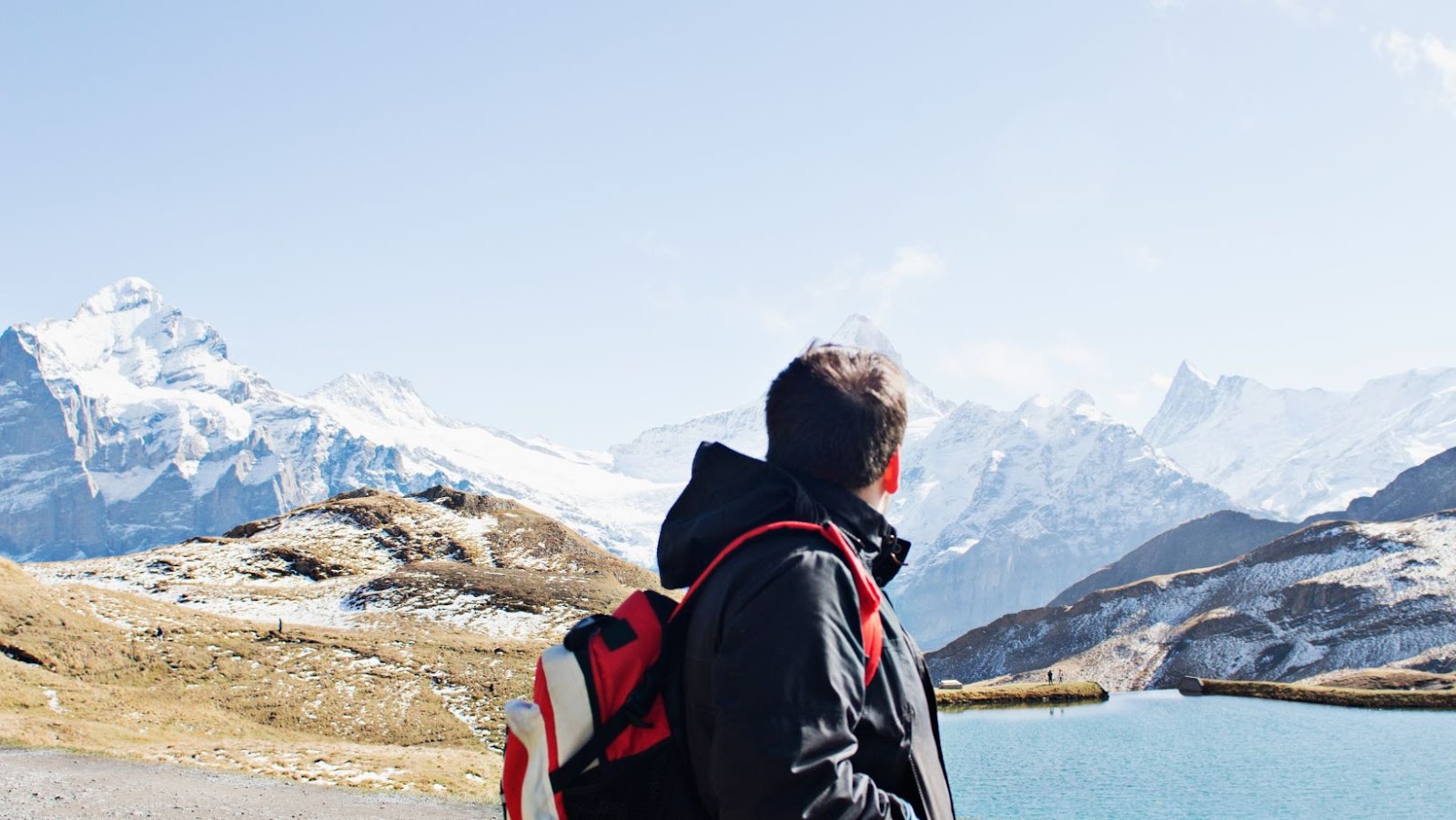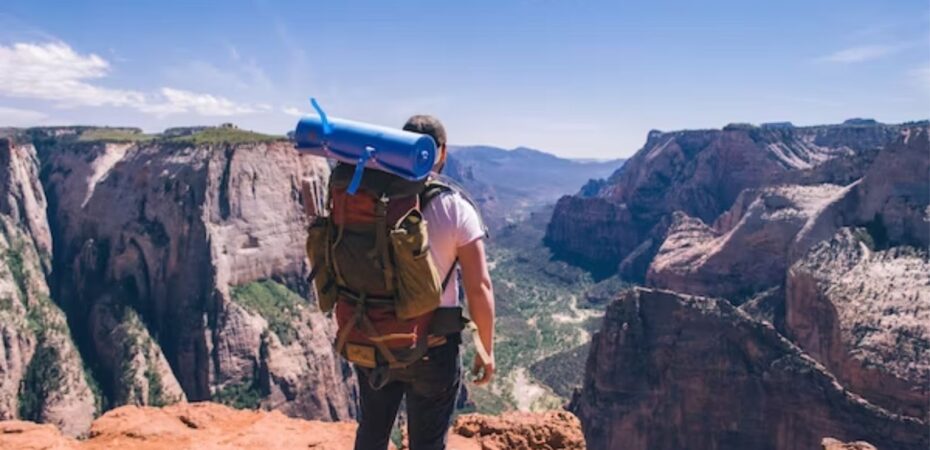Did you know that in 2021 over 59 million Americans went hiking, backpacking, or camping at least once? If you think about it, that’s a lot of people who find joy in exploring the great outdoors. But it would be best if you did it with careful planning and preparation. The first trip is always the most exciting and nerve-wracking.
Backpacking is more than just a hobby. It’s a way of life. It’s about experiencing nature and connecting with others. It’s a trip that can push you out of your comfort zone. Planning your first backpacking trip opens you to a world of adventure and possibility.
Guide to Planning First Backpacking Trip
Backpacking is an excellent way to connect with nature, exercise, and escape busy city life. Here are some tips.
Choose Your Destination
There are plenty of fantastic backpacking trails all over the world. However, when choosing your destination, consider your skill level, the time of year, and the trail’s difficulty level.
For example, if you’re a beginner, consider trails with shorter distances and less challenging terrain. Research and find backpacking trails that match your skill level.
Check Out Permits
Many backpacking trails require permits, which national parks or government agencies typically issue. Permits help regulate the number of people on the trail and protect natural resources. Check out permits well in advance and ensure you have them all before your trip.

For instance, the John Muir Trail in California requires a permit. The number of permits issued is limited, so plan early to get your permit. Some trails may not require permits, but checking before starting your trip won’t hurt.
Pack Appropriately
Ensure you have all the necessary gear without overpacking, as carrying excess weight can make your trip more challenging. When packing for your trip, consider the length of your hike and the weather. Have a comfortable and durable backpack that fits your body correctly. Remember to pack only essential items and prioritize weight, size, and function.
Knowing the luggage sizing requirements is also important. Airlines and transportation companies have different restrictions on the size and weight of backpacks. So it’s crucial to check the rules before your trip. Be accurate with your measurements. Even the littlest conversion of ⅛ inch to mm can save you a lot of trouble.
Observe Safety
Before starting your trip, observing safety measures is crucial to ensure you have a safe and enjoyable trip.
For instance, always carry a first aid kit, a map, and a compass or GPS device. Know your limits and rest when you need to. Check the weather forecast before starting your trip, and avoid hiking during severe weather conditions.
Travel With Friends
Backpacking alone can be an excellent opportunity for self-discovery and reflection. Most backpackers are solo travelers. However, if you’re a beginner, it’s advisable to travel with friends. Having a group of friends can provide support, safety, and comfort.
When traveling with friends, have a communication plan. Everyone should know the plan and route. Have a designated leader who can make decisions, especially during emergencies.
Key Takeaways
Planning your first backpacking trip requires careful consideration of various factors. Keep in mind the following tips:
- Choose a destination that matches your skill level and consider the time of year and difficulty of the trail.
- Check out permits well in advance.
- Pack appropriately and prioritize weight, size, and function.

- Observe safety measures such as carrying a first aid kit, a map, and a compass or GPS device. Know your limits and avoid hiking during severe weather conditions.
- Consider traveling with friends for support, safety, and comfort. Have a communication plan and a designated leader.


 By
By 



